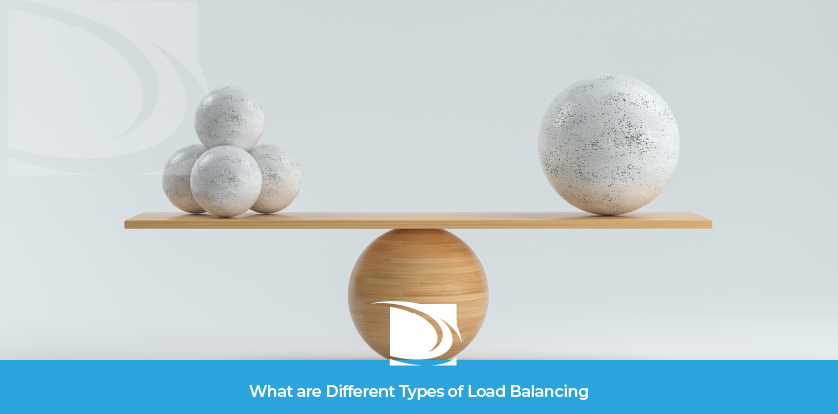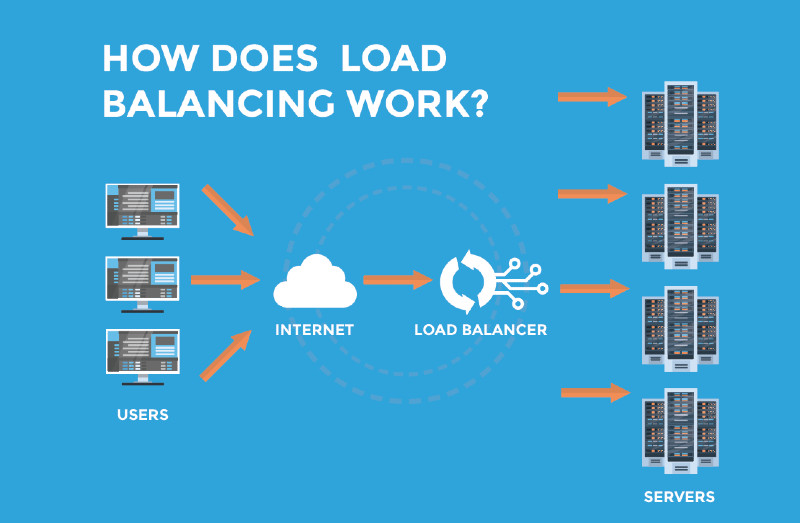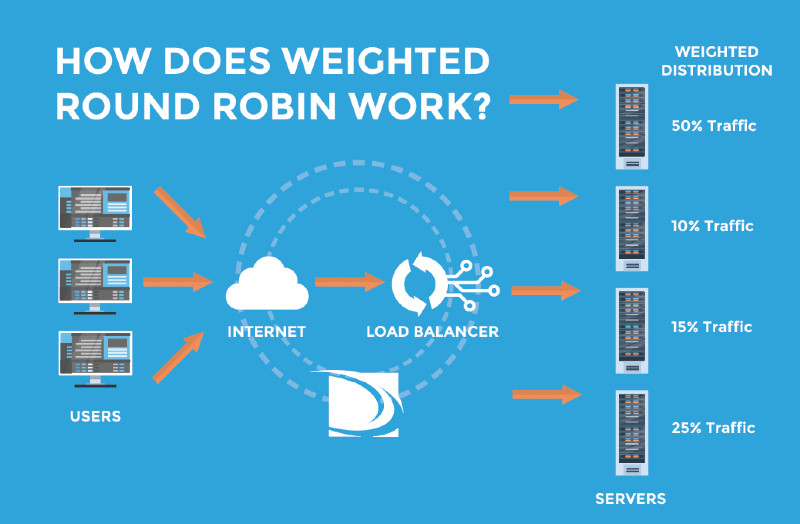
No modern system or network can handle the demands of today’s internet usage without some type of load balancing. In fact, since 2000, we’ve seen a 1,266% increase, but in 2020 alone (due largely to the global pandemic), internet usage shot up by as much as 70%!
With such demand for online resources, your networks must be able to handle the load. As Ralph Waldo Emerson once said: “No member of a crew is praised for the rugged individuality of his rowing.” The same holds true for the servers in your network.
And that’s where load balancing comes in.
What are the Different Types of Load Balancing
Luckily, there are several different types of load balancing to choose from. Each has its own benefits, but all are effective and affordable. With DNS Failover, Round Robin, Weighted Rounded Robin, or Latency Routing, you can easily decide which solution best fits your organization’s unique needs.
Why is Load Balancing Important?
Load balancing could very well be the most important feature for modern-day systems. It protects your network from outages and ensures optimal performance for end users by intelligently distributing your web traffic based on the health of your resources.
With DNS Load Balancing configured, none of your resources shoulder the “work” alone. Instead, the load is shared between systems, which keeps servers efficient and fast. And that is a must in today’s “virtual” climate.

DNS Failover
One of the most widely used forms of load balancing is Failover—and for good reason! This powerful DNS solution keeps your domains up and running during outages or when your primary server is experiencing issues. If one of your resources is down, your traffic is automatically sent to a healthy resource, providing simple, but efficient redundancy.
Round Robin and Round Robin with Failover
Another popular type of load balancing is round robin. With this configuration, you’re able to cycle traffic equally between redundant internet connections or web servers. This is possible because you have multiple active endpoints with Round Robin. With Failover configured alongside Round Robin, you have the added benefit that If one of your resources fails or is unhealthy, queries will be answered by the remaining available, healthy resource(s).
Weighted Round Robin
An advanced round robin load balancing configuration is Weighted Round Robin (Constellix only). This option allows you to distribute uneven amounts of traffic across your network, which gives you the unique ability to prioritize resources by capacity or responsiveness. You can also take advantage of Weighted Round Robin for A/B testing purposes and for timed rollouts, or rollouts you only want to be delivered to certain groups of users.

Latency Routing (ITO)
Part of our advanced DNS monitoring suite in Constellix, ITO is a regionally-based load balancing solution that uses health checks to determine which resources can best handle your web traffic. This option works similarly to Round Robin with Failover. The key difference is that ITO intelligently accounts for the round trip time (RTT) of the resources in your configuration. ITO can also be configured for DNS record pools. This combination allows you to choose which IPs should be returned in a pool and ensures that traffic is always sent to the fastest resource.
Regional Load Balancing
Another powerful way to optimize your site traffic is to utilize Regional Load Balancing with GeoDNS. With this option, you can essentially build your own region-specific content delivery network (CDN) by creating custom routing rules based on end-user location.
Protect Your Domains with Load Balancing and Redundancy
Without load balancing and redundancy, your organization will not be able to compete in today’s online market. As consumer demands for accessibility and speed increase and the global workforce becomes even more reliant on internet-based platforms, businesses are feeling the pressure. Add to that the massive spikes in DDoS attacks and other cyber threats, and it’s clear that you need to protect your domain at all costs.
Just because your servers are all in one boat doesn’t mean one broken “oar” has to stop the boat from rowing.





